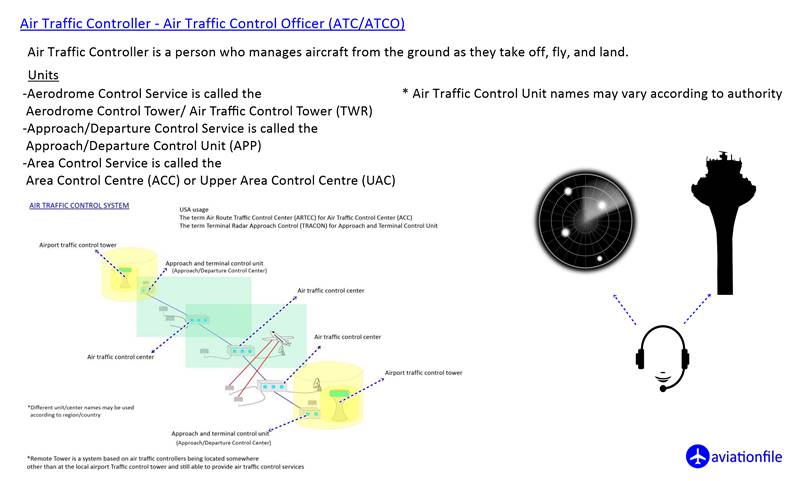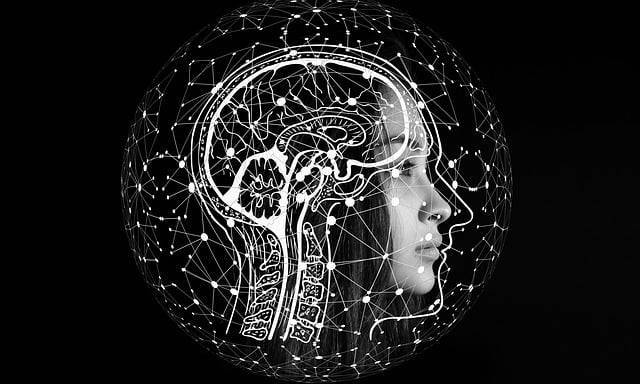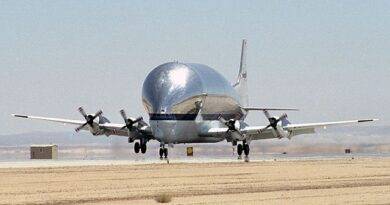Can AI Replace Air Traffic Controllers?
Air traffic controllers play a crucial role in ensuring the safety and efficiency of air travel. They are responsible for managing the flow of aircraft in and out of airports, guiding pilots through the airspace, and monitoring flight paths to avoid collisions. However, with the advancement of artificial intelligence (AI) technology, many have begun to wonder if AI could replace air traffic controllers altogether.
The short answer is no. While AI can assist air traffic controllers in certain tasks, such as predicting and preventing congestion and delays, it cannot fully replace human controllers in emergency situations. Emergency situations, such as a plane losing communication with the control tower or a sudden change in weather conditions, require quick thinking and decision-making that AI simply cannot provide (? :)).
Furthermore, air traffic control is a highly specialized and nuanced field that requires a deep understanding of aviation regulations, weather patterns, and aircraft performance. While AI can process large amounts of data and make recommendations, it cannot match the experience and expertise of human controllers who have undergone years of training and on-the-job experience (Yet? :)).

Human Intervention is Critical
The Federal Aviation Administration (FAA), which oversees air traffic control in the United States, recognizes the importance of human controllers in emergency situations. In a statement, the FAA noted that “human intervention is critical in certain scenarios, such as during unpredictable weather conditions or in the event of an aircraft malfunction.”
In addition to emergency situations, AI also struggles with understanding and responding to the complexities of human communication. Air traffic controllers must be able to effectively communicate with pilots, airlines, and other airport personnel to ensure the safe and efficient movement of aircraft. While AI can recognize and respond to basic phrases and commands, it cannot match the nuanced and adaptive communication skills of human controllers.
Despite these limitations, AI is still being integrated into air traffic control systems in various ways. For example, the FAA has implemented a program called the Collaborative Decision Making (CDM) system, which uses AI to predict congestion and delays at airports and adjust flight schedules accordingly. The CDM system has been successful in reducing delays and improving efficiency, but it still relies on human controllers to make critical decisions in emergency situations.
In conclusion, while AI can assist air traffic controllers in certain tasks, it cannot fully replace human controllers, especially in emergency situations. Air traffic control is a highly specialized and nuanced field that requires deep expertise and experience, as well as effective communication skills. While AI will continue to play a role in improving air traffic management, human controllers will remain an essential part of the system.
References:
- Federal Aviation Administration. “Air Traffic Control: How It Works.” FAA, www.faa.gov/air_traffic/how_it_works/.
- Himmelman, Jeff. “AI Won’t Replace Air Traffic Controllers, but It Will Help Them.” IEEE Spectrum, 18 Oct. 2018, spectrum.ieee.org/transportation/aviation/ai-wont-replace-air-traffic-controllers-but-it-will-help-them.
- Kayyali, Reem, et al. “The Next-Generation Air Traffic Control System.” McKinsey & Company, Sept. 2018, www.mckinsey.com/industries/travel-logistics-and-transport-infrastructure/our-insights/the-next-generation-air-traffic-control-system.



